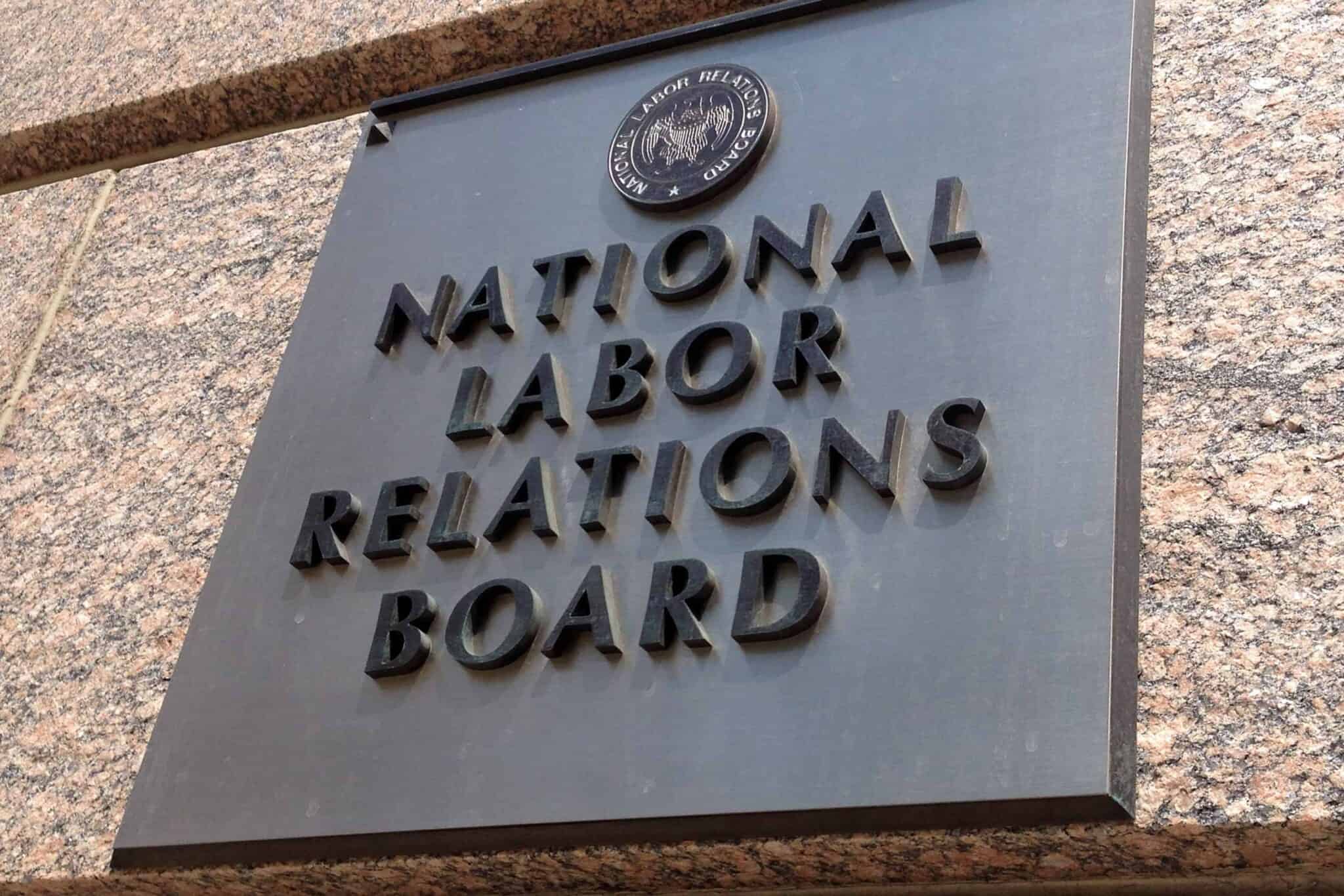Divya Nimmagadda is a student at Harvard Law School.
A recent piece in the American Prospect by Professors Sharon Block and Benjamin Sachs analyzes the connection between party affiliation and support for workers and labor by comparing the state-level labor policies of red and blue states. Among the red states, you see concerted efforts to interfere with the UAW’s organizing campaign in the South, policies that hinder the ability of public sector unions to collect dues, and legislation that disincentivizes card check agreements. In contrast, in the blue states, the policies have been more focused on expanding worker and union rights, with legislation aimed at banning captive audience meetings, expanding bargaining subjects for teachers, enabling worker voice in discussions around labor standards, and expanding labor protections for worker groups excluded from the NLRA. Among the key takeaways is that “[s]o long as states remain under partisan control, the outlook for workers is in many ways determined by whether a Democrat or a Republican sits in their governor’s mansions.” However, with the upcoming Election Day, there is an opportunity for democratic voters to enable more pro-labor policies through the ballot initiative processes in the red states.
The National Labor Relations Board has reported that, during President Biden’s administration, there has been a “doubling of petitions by workers to have union representation.” Compared to the 1,638 representation petitions filed in 2021, there were 3,286 in 2024. In a stark contrast, union petitions declined by 22% in the course of President Trump’s presidency. Relatedly, there has also been a marked increase in the filing of unfair labor practice complaints. The NLRB reported that its field offices received a total of 24,578 in the last year, which has been “the most in more than a decade.” The NLRB’s General Counsel, Jennifer Abruzzo, commented that the increase was a result of workers “knowing and exercising their rights.” However, she also noted the relative lack of resources at the agency and urged “Congress to fully fund the NLRB so that employers, unions and workers receive prompt and meaningful case resolutions.” The NLRB had a similar case load back in 2011, but back then, it also had “62% more field staff.”
The President used the opportunity to remark on his administration’s pro-worker policies and posture, stating “after the previous administration sided with big corporations to undermine workers — from blocking overtime pay protections to making it harder to organize — my Administration has supported workers.” His administration is the first in more than five decades to see an uptick in election petitions. However, though union membership is growing, it has not outpaced the rate of job growth, meaning the share of the workforce that belongs to a union has decreased.






Daily News & Commentary
Start your day with our roundup of the latest labor developments. See all
December 22
Worker-friendly legislation enacted in New York; UW Professor wins free speech case; Trucking company ordered to pay $23 million to Teamsters.
December 21
Argentine unions march against labor law reform; WNBA players vote to authorize a strike; and the NLRB prepares to clear its backlog.
December 19
Labor law professors file an amici curiae and the NLRB regains quorum.
December 18
New Jersey adopts disparate impact rules; Teamsters oppose railroad merger; court pauses more shutdown layoffs.
December 17
The TSA suspends a labor union representing 47,000 officers for a second time; the Trump administration seeks to recruit over 1,000 artificial intelligence experts to the federal workforce; and the New York Times reports on the tumultuous changes that U.S. labor relations has seen over the past year.
December 16
Second Circuit affirms dismissal of former collegiate athletes’ antitrust suit; UPS will invest $120 million in truck-unloading robots; Sharon Block argues there are reasons for optimism about labor’s future.